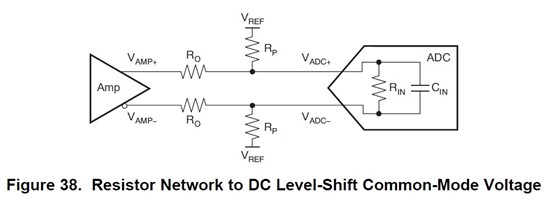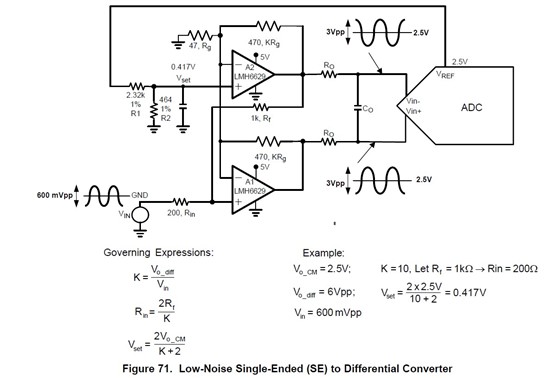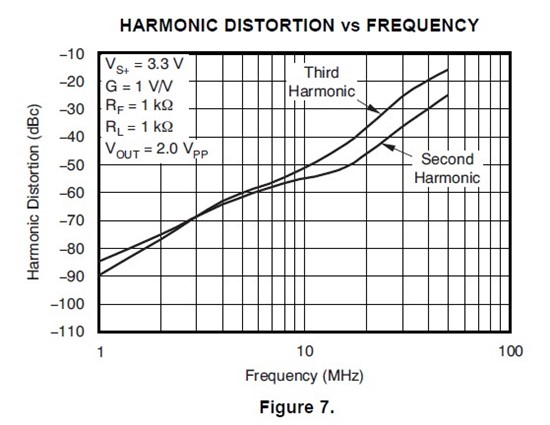Hello,
I want to use the ADS5294, a octal channel 80MSPS ADC.
My analog input signals amplitude is +-1V (differentiaI) @ 0V common mode voltage, and I need a DC-coupled analog input path.
Which analog input amplifier do you suggest for gain=1, that preserved the AC performance of the ADC ?
King Regards,
Niels







